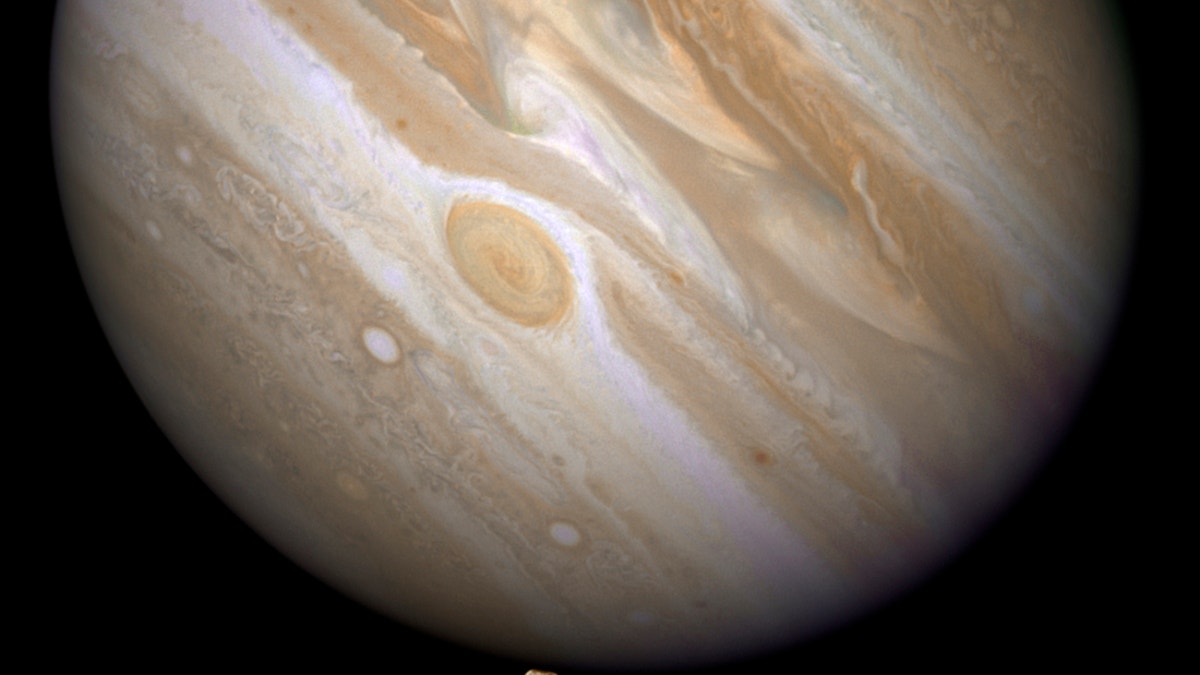
Jupiter will be at its biggest and brightest on May 8. (REUTERS/NASA/ESA and E. Karkoschka/Handout)
You won't need binoculars to catch this shiny display: Jupiter will be at its biggest and brightest Tuesday night.
The gas giant will be in opposition — opposite the sun — rising high in the sky in the east shortly after sunset. The largest planet in the solar system will be at its highest around midnight local time.
This stunning view doesn't come around too often.
"Jupiter comes to opposition about every 13 months," EarthSky.org reports. "That’s how long Earth takes to travel once around the sun relative to Jupiter."
Since the sun will shine directly on Jupiter, the planet will be brighter than ever.
"It will gleam brighter than any point of light in the sky," NASA explains on its website.
Here's what you need to know about the rare event.
When can I see Jupiter?
You can catch Jupiter shortly after the sun sets on May 8 — after 7:59 p.m. ET. It will continue rising in the sky until about midnight.
That's the best time to view the planet, NASA says, because its "light won’t be blocked as much by Earth's atmosphere as it would closer to the horizon."
By sunrise — around 6 a.m. ET — on May 9, the planet will set and virtually disappear.
What does it mean to be "in opposition"?
This means Jupiter is rising and setting opposite the sun.
"A planet is 'in opposition' when it is in opposition to the sun — in other words, when Jupiter rises shortly after the sun sets, or vice versa," Space.com explained in a blog post Monday.
Not every planet can reach opposition, particularly Mercury and Venus.
JUPITER'S STRIPES REVEAL STUNNING DETAILS IN NEW JUNO PROBE IMAGES
Those planets cannot reach opposition "because they are always within Earth's orbit ... [and] remain relatively close to the Sun as seen from Earth," NASA says.
When will Jupiter reach opposition again?
Don't miss this spectacular show! The planet won't be as bright and visible again until June 10, 2019, according to EarthSky.org.




















